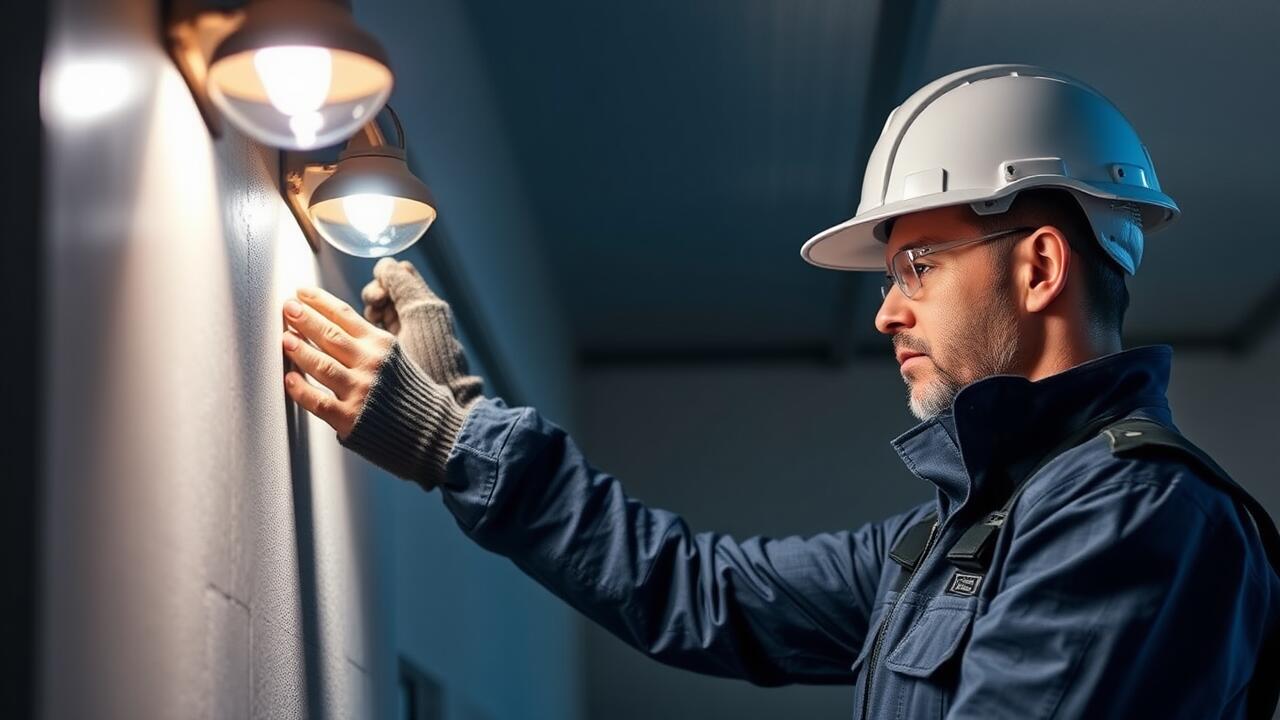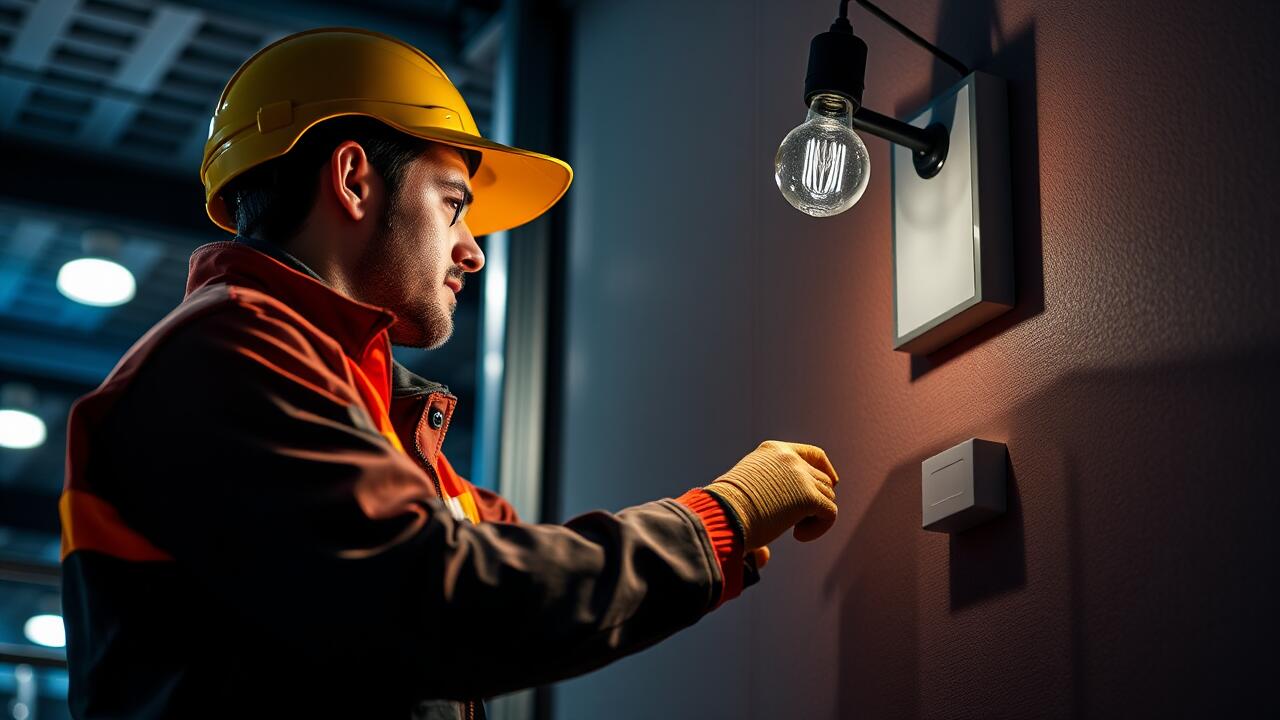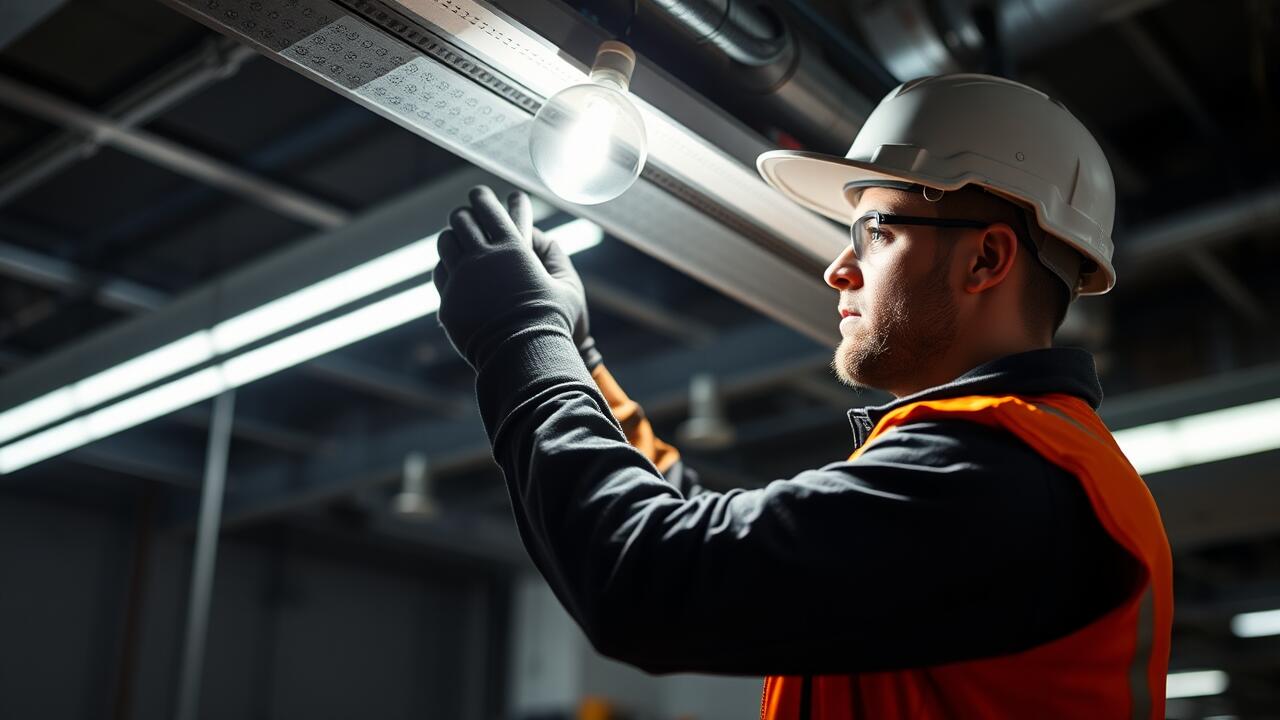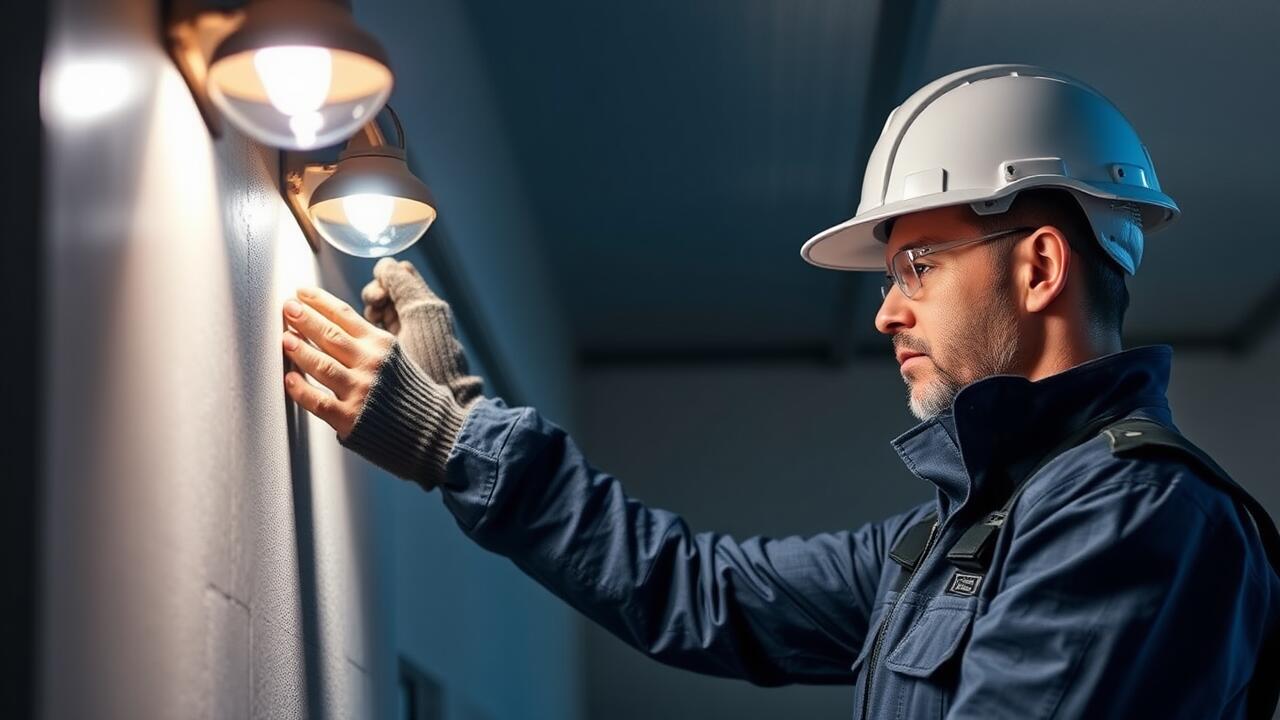
Step-by-Step Installation Process
When preparing for recessed lighting installation, it's essential to gather all necessary tools and materials first. Consider the layout of the room and decide on the optimal placement for each light fixture. Mark the locations on the ceiling to visualize the arrangement before making any cuts. Ensuring the distance from walls and furniture is even and proportional aids in achieving a balanced appearance. This stage sets the foundation for a clean and efficient installation.
Once the layout is finalized, the next step involves cutting holes in the ceiling for the fixtures. Use the template provided with your recessed lights to achieve precise measurements. After the holes are cut, running the electrical wiring comes next. This task requires careful attention to local electrical codes, especially for those undertaking Lighting Installation in Greater Heights, Houston. Ensuring safe and correct wiring is crucial for the functionality and safety of your recessed lights, as improper installation can lead to malfunctions or hazards.
From Preparation to Final Touches
Before diving into the actual installation of recessed lighting, thorough preparation is essential. Begin by determining the ideal locations for your fixtures, taking into account the room's layout and lighting needs. Use a stud finder to locate joists and ensure you avoid any obstacles behind the ceiling. Create a plan that outlines where each fixture will go. Make sure to gather all necessary materials, including the lights, wiring, and tools. This step lays the groundwork for a successful installation process.
As you progress to the final touches, inspect each light for proper installation. Ensure they are securely mounted and check that the wiring is connected correctly. Turn on the power to verify that all fixtures operate as intended. This step is vital to achieving the desired ambiance in the room. For those seeking professional assistance, companies specializing in Lighting Installation in Greater Heights, Houston, can provide expert guidance to enhance your home’s lighting effectively.
Electrical Considerations for Recessed Lighting
When planning for recessed lighting installations, it is essential to account for the electrical capacity of the existing system. Assessing the circuit load is crucial to avoid overloading, which might lead to tripped breakers or electrical fires. Each recessed light typically consumes around 10 to 15 watts. Therefore, calculating the total wattage of all lights, along with other devices on the same circuit, is a necessary step before proceeding with the installation. Properly rated wiring and fixtures should also be chosen based on the determined load to ensure safety and compliance with local electrical codes.
Safety is paramount during any electrical work, including recessed lighting installation in Third Ward, Houston. Before starting, make sure to turn off power at the circuit breaker to prevent accidents. Using a voltage tester can further enhance safety, confirming that no electricity is flowing through the wires. Additionally, consider the placement of the fixtures to avoid wiring conflicts with insulation and ductwork. Keeping these electrical considerations in mind will help facilitate a smooth and secure installation process.
Safety Tips and Wiring Guidelines
When undertaking recessed lighting installations, safety is paramount. Always ensure the power is shut off at the circuit breaker before beginning any electrical work. Use a voltage tester to confirm that wires are not live. Adequate precautions should also be taken to protect your eyes and hands. Wearing safety glasses and gloves can prevent accidents if any tools slip or when working in tight spaces. It's also advisable to maintain a clean workspace to minimize tripping hazards.
Wiring guidelines are crucial to a successful installation. Familiarize yourself with local electrical codes to ensure compliance. Use the appropriate gauge wire based on your lighting fixtures and the length of the run. For those in the area of Lighting Installation in Greater Heights, Houston, consulting with local electricians can provide insights specific to your environment. Additionally, utilize junction boxes and connectors that are rated for the application to secure all connections properly. This will enhance both safety and performance of the lighting system.
Common Mistakes to Avoid
One common mistake during recessed lighting installations is improper placement of the fixtures. Homeowners often underestimate how much light is needed in specific areas, leading to poorly lit spaces or glaringly bright spots. It’s essential to plan the layout according to the room’s function and size, ensuring even distribution of light. Consulting with experts who specialize in Lighting Installation in Greater Heights, Houston, can help you make informed decisions about the correct spacing and quantity of lights.
Another frequent oversight is neglecting to account for the type of bulbs and their wattage. Choosing incompatible bulbs can result in insufficient brightness or a fixture that overheats, posing safety risks. Always consider the specifications of the recessed lighting and match them with suitable bulbs. Additionally, using dimmer switches can enhance flexibility in lighting control, making the overall experience more enjoyable and efficient.
Pitfalls That Can Complicate Your Installation
When embarking on a recessed lighting project, various pitfalls can arise that may complicate the installation process. One common issue is miscalculating the spacing between fixtures. Inadequate spacing can lead to uneven lighting and diminish the overall aesthetic. It's essential to carefully plan the layout with tape or templates before making any cuts, ensuring each light is positioned for optimal illumination.
Another frequent mistake occurs when homeowners overlook the importance of the ceiling's structural elements. Piping, ductwork, and electrical wiring may be hidden within the ceiling, posing potential challenges. Failing to assess these elements can result in unexpected complications during the installation phase. For those planning Lighting Installation in Greater Heights, Houston, paying close attention to existing infrastructure is crucial to avoid delays and ensure a smooth process.
FAQS
What tools do I need for recessed lighting installation?
You will typically need a stud finder, measuring tape, drywall saw, wire stripper, screwdriver, and a drill. Additionally, having a ladder and safety goggles on hand is advisable.
How do I determine the right placement for recessed lights?
Consider the room's layout, the height of the ceiling, the purpose of the lighting, and the desired ambiance. A good rule of thumb is to space lights about 4 to 6 feet apart for optimal coverage.
Are there specific electrical requirements for recessed lighting?
Yes, recessed lighting typically requires a dedicated circuit and should adhere to local electrical codes. It's crucial to ensure that the total wattage does not exceed the capacity of the circuit.
Can I install recessed lighting myself, or should I hire an electrician?
If you have experience with electrical work and feel comfortable following safety guidelines, you can install recessed lighting yourself. However, hiring a licensed electrician is recommended for complex installations or if you're unsure.
What are some common mistakes to avoid when installing recessed lights?
Common mistakes include improper spacing of lights, overloading circuits, neglecting to check for ceiling joists, and failing to ensure proper clearance for insulation.








